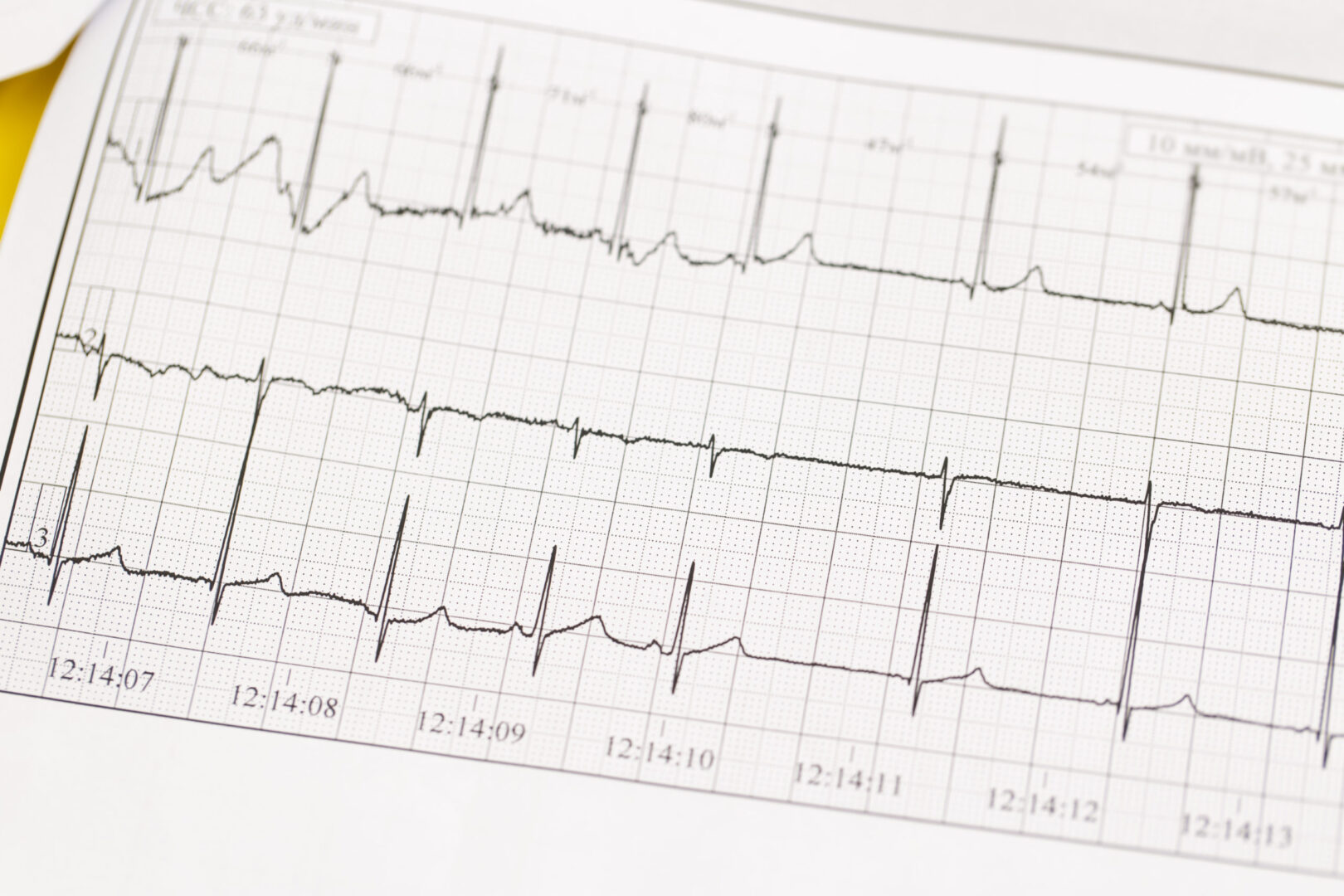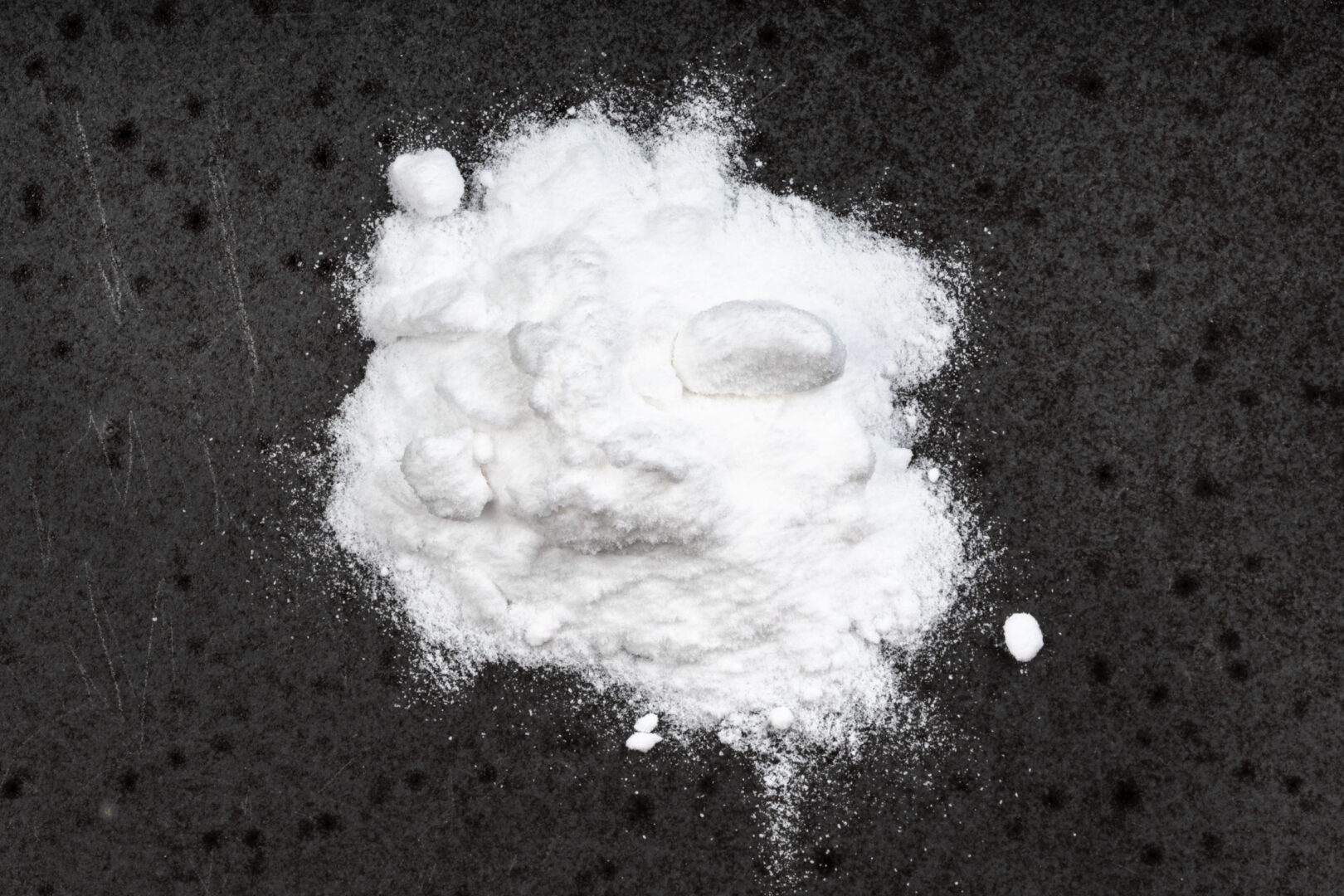Learning objectives
- Define the stages of hypertension
- Discuss the perioperative management of patients with hypertension
- Describe the acute and long-term treatment of hypertension
Definition and mechanisms
- Hypertension is defined as a systolic BP > 160 mmHg
- Episodes of hypertension are relatively common during anesthesia and are reported by nearly one-third of adult patients
- Whether it is ultimately harmful to the patient depends on its degree, cause, and duration, and on the patient’s condition
Signs and symptoms
Hypertension rarely has noticeable symptoms, however, the following signs and symptoms can be associated with hypertension:
- Headaches
- Shortness of breath
- Nosebleeds
- Blurred vision
- Chest pain
- Dizziness
Stages
| Stage | Systolic blood pressure (mmHg) | Diastolic blood pressure (mmHg) |
|---|---|---|
| Prehypertension | 120 - 129 | 60 - 79 |
| Stage 1 hypertension | 130 - 139 | 80 - 89 |
| Stage 2 hypertension | > 140 | > 90 |
| Hypertensive crisis | ≥ 180 | ≥ 120 |
Causes
| Pre-existing hypertension | Control blood pressure prior to surgery < 160 mmHg systolic and <100 mmHg diastolic |
| Side effects of agents | Ketamine, ergometrine, desflurane anesthesia (> 1.0 MAC) |
| Inadequate anesthesia/analgesia | Adjust administration |
| Inadequate ventilation | CO2 retention causes catecholamine release |
| Interaction of agents | For example monoamine oxygenase inhibitors + vasopressors or opioids |
| Tourniquet pain | |
| Pre-eclampsia | Treat with magnesium sulfate and hypotensive agents |
| Pheochromocytoma | If suspected, a small bolus dose of phentolamine (1–5 mg) usually gives a significant fall in BP If systolic BP falls more than 35 mmHg, a Pheochromocytoma is likely Administer alpha-blockers in addition to beta-blockade |
| Rare causes | Fluid overload Aortic cross-clamping Hyperthyroidism/thyroid storm Malignant hyperthermia Increased intracranial pressure Interference with the carotid body, brainstem, or spinal cord Bladder distension Alcohol withdrawal syndrome or addictive drug withdrawal Autonomic hyperreflexia |
Complications of intraoperative hypertension
- Myocardial ischemia (especially subendocardial), myocardial infarction, or heart failure
- Hemorrhage from the operation site
- Rupture of an existing aneurysm
- Encephalopathy, cerebral edema, or cerebral hemorrhage
- May precipitate acute renal failure
Management
- Inform the surgeon and consider halting the surgical procedure if possible
- Cycle BP, scan monitors for HR, ECG rhythm, EtCO2, and temperature
- Check if the patient is adequately oxygenated and ventilated
- Deepen the anesthetic
- Examine the patient:
- Pupils (high ICP)
- Diaphoresis & flushing (carcinoid, pheochromocytoma, hyperthyroidism)
- Rigidity (malignant hyperthermia, serotonin syndrome)
- Bladder distension
- Hot (thyroid storm, malignant hyperthermia, serotonin syndrome)
- If severe and life-threatening, (e.g. MAP >150 mmHg with signs of myocardial ischemia), immediate therapy is warranted
- Otherwise, seek the cause and treat this cause
- If there is no likely cause, nonspecific therapy may need to be instituted
Acute treatment
| Agent | Example | Action and dose |
|---|---|---|
| Vasodilators | Anaesthetic agents Isoflurane Sevoflurane Propofol | Easy to titrate |
| Hydralazine | Arteriolar dilator Peak action after 20 min following 5-10 slow IV (maximal dose of 30 mg) Slow IV push every 20 minutes |
|
| Nitroglycerine | Arterial and venous dilator Dose: 10-200 mcg/min IV Start infusion at 10 mcg/min |
|
| Labetalol | Combined alpha and beta blockade Dose: 10-50 mg slow IV, repeated after 5 min if necessary Maximal dose of 200 mg |
|
| Sodium nitroprusside | Arterial dilator with a very rapid response Dose: continuous IV: 0.5-1.5 mcg/kg/min starting dose Increase every 5 min in 500 ng/kg/min graduations according to response Large doses may cause cyanide poisoning |
|
| Beta blockers | Atenolol | Reduces vascular tone Cardioselective Dose: 2.5 mg slow IV, repeated after 5 min if necessary |
| Esmolol | Reduces vascular tone Rapid onset with a short half-life of about 9 min Dose: 50-200 mcg/kg/min infusion Start infusion at 50 mcg/kg/min |
|
| Nicardipine (rydene) | Arterial dilator Dose: 0.1 mg/mL |
|
| Alpha blockers | Phentolamine | Vasodilator Relaxes vascular tone Dose: 1-5 mg IV |
Long term management
| Agent | Example | Action and effect |
|---|---|---|
| Thiazide diuretics | Bendrofluazide Indapamide | Blocks Na+ channels Complications: electrolyte disturbances |
| Loop diuretics | Furosemide | Inhibit Na+, K+ and CL- uptake |
| Aldosterone antagonists | Spironolactone | Inhibit Na+ reabsorption and K+ secretion |
| Osmotic diuretics | Mannitol | Increase osmotic pressure and inhibit water and solute reabsorption |
| Carbonic anhydrase inhibitors | Acetazolamide | Inhibits carbonic anhydrase thereby inhibiting HCO3- and reduces Na+ reabsorption |
| Sodium channel blockers | Triamterene | Directly inhibit Na+ reabsorption and K+ secretion |
| Beta blockers | Atenolol Propranolol Esmolol | Slow heart rate Improved ventricular filling Complications: lethargy, nausea, and general malaise |
| ACE inhibitors | Peridopril Enalapril | Block angiotensin-converting enzyme Complications: cough and deterioration of renal function |
| A2 inhibitors | Candesartan Losartan | Block angiotensin 2 |
| Calcium channel blockers | Nipedipine | Vasodilation |
Postoperative care
- Continue to monitor the patient
- Provide adequate analgesia
- Administer oxygen titrated to SpO2 of 94%–98% (reduce myocardial ischemia)
- Patient may need investigations to exclude complications (e.g. myocardial infarction) or to identify the cause
Keep in mind
- Postoperative hypertension can occur in up to 20% of patients after surgery
- Is associated with adverse outcomes such as myocardial injury, bleeding, stroke, or arrhythmias
- Systolic BP > 180 mmHg is a high risk for postoperative hypertension
Suggested reading
- Tait A, Howell SJ. Preoperative hypertension: perioperative implications and management. BJA Educ. 2021;21(11):426-432.
- Yancey R. Anesthetic Management of the Hypertensive Patient: Part I. Anesth Prog. 2018;65(2):131-138.
- Yancey R. Anesthetic Management of the Hypertensive Patient: Part II. Anesth Prog. 2018;65(3):206-213.
- Pollard BJ, Kitchen, G. Handbook of Clinical Anaesthesia. Fourth Edition. CRC Press. 2018. 978-1-4987-6289-2.
We would love to hear from you. If you should detect any errors, email us at customerservice@nysora.com







